2-Quinolinecarboxaldehyde
- CAS NO.:5470-96-2
- Empirical Formula: C10H7NO
- Molecular Weight: 157.17
- MDL number: MFCD00075032
- EINECS: 226-804-3
- SAFETY DATA SHEET (SDS)
- Update Date: 2024-11-13 18:13:23

What is 2-Quinolinecarboxaldehyde?
Chemical properties
white to light yellow crystal powder
The Uses of 2-Quinolinecarboxaldehyde
2-Quinolinecarboxaldehyde was used in the preparation of: · 3-(2-quinolyl)-1-phenyl-2-propenone via rapid, tandem aldol-Michael reactions with the lithium, sodium and potassium enolates of acetophenone; · imine-type ligands; · sugar-quinoline fluorescent sensor for the detection of Hg2+ in natural water.
The Uses of 2-Quinolinecarboxaldehyde
2-Quinolinecarboxaldehyde was used to synthesize 3-(2-quinolyl)-1-phenyl-2-propenone and imine-type ligands.
Purification Methods
Distil it in steam and recrystallise it from H2O. Protect it from light. The semicarbazone has m 254o (from aqueous EtOH), and the picrate has m 197-199o. [Beilstein 21 H 322, 21 III/IV 4034, 21/8 V 442.]
Properties of 2-Quinolinecarboxaldehyde
| Melting point: | 70-72 °C(lit.) |
| Boiling point: | 314.3±15.0 °C(Predicted) |
| Density | 1.223±0.06 g/cm3(Predicted) |
| storage temp. | Keep in dark place,Sealed in dry,Room Temperature |
| form | Crystals or Crystalline Powder |
| pka | 3.74±0.40(Predicted) |
| color | Orange to brown |
| Water Solubility | Insoluble in water. |
| Sensitive | Air Sensitive |
| BRN | 113061 |
| CAS DataBase Reference | 5470-96-2(CAS DataBase Reference) |
Safety information for 2-Quinolinecarboxaldehyde
| Signal word | Warning |
| Pictogram(s) |
 Exclamation Mark Irritant GHS07 |
| GHS Hazard Statements |
H315:Skin corrosion/irritation H319:Serious eye damage/eye irritation H335:Specific target organ toxicity, single exposure;Respiratory tract irritation |
| Precautionary Statement Codes |
P261:Avoid breathing dust/fume/gas/mist/vapours/spray. P264:Wash hands thoroughly after handling. P264:Wash skin thouroughly after handling. P271:Use only outdoors or in a well-ventilated area. P280:Wear protective gloves/protective clothing/eye protection/face protection. P302+P352:IF ON SKIN: wash with plenty of soap and water. P305+P351+P338:IF IN EYES: Rinse cautiously with water for several minutes. Remove contact lenses, if present and easy to do. Continuerinsing. |
Computed Descriptors for 2-Quinolinecarboxaldehyde
| InChIKey | WPYJKGWLDJECQD-UHFFFAOYSA-N |
2-Quinolinecarboxaldehyde manufacturer
SOLFYN INTERNATIONAL LLP
1Y
Phone:+91-9321772608
Whatsapp: +91 9321772608
product: 2-QUINOLINECARBOXALDEHYDE 99%
New Products
(S)-3-Aminobutanenitrile hydrochloride 4-Methylphenylacetic acid N-Boc-D-alaninol N-BOC-D/L-ALANINOL Tert-butyl bis(2-chloroethyl)carbamate 3-Morpholino-1-(4-nitrophenyl)-5,6-dihydropyridin- 2(1H)-one Furan-2,5-Dicarboxylic Acid Tropic acid 1-Bromo-3,5-Di-Tert-Butylbenzene S-2-CHLORO PROPIONIC ACID ETHYL ISOCYANOACETATE 2-Bromo-1,3-Bis(Dimethylamino)Trimethinium Hexafluorophosphate 4-IODO BENZOIC ACID 3-NITRO-2-METHYL ANILINE 1-(2,4-DICHLOROPHENYL) ETHANAMINE (2-Hydroxyphenyl)acetonitrile 4-Bromopyrazole 2-(Cyanocyclohexyl)acetic acid 4-methoxy-3,5-dinitropyridine 1-(4-(aminomethyl)benzyl)urea hydrochloride 2-aminopropyl benzoate hydrochloride diethyl 2-(2-((tertbutoxycarbonyl)amino) ethyl)malonate tert-butyl 4- (ureidomethyl)benzylcarbamate Ethyl-2-chloro((4-methoxyphenyl)hydrazono)acetateRelated products of tetrahydrofuran


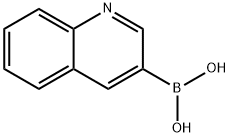
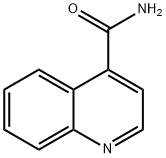
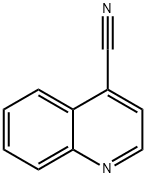


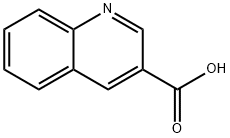
You may like
-
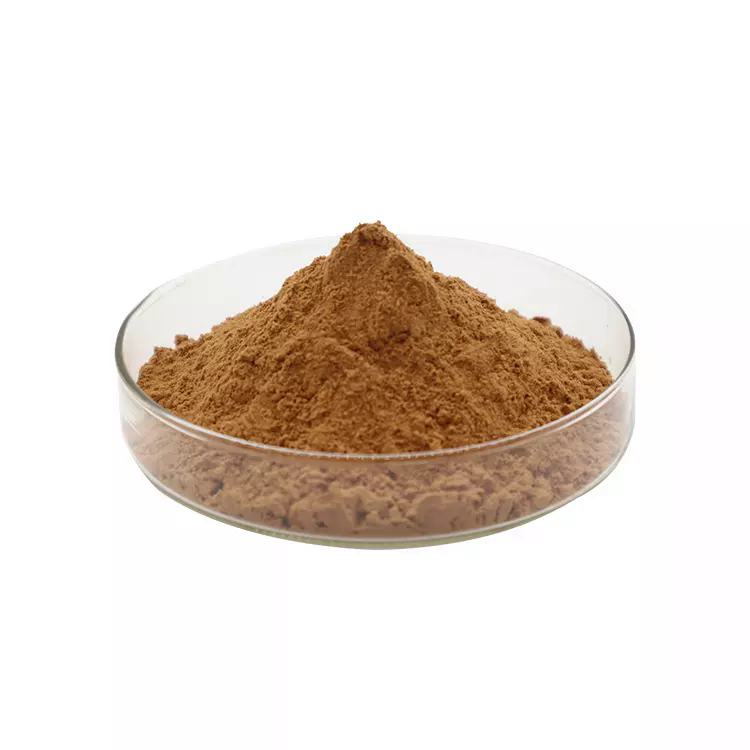 5470-96-2 2-Quinoline-carboxaldehyde 98%View Details
5470-96-2 2-Quinoline-carboxaldehyde 98%View Details
5470-96-2 -
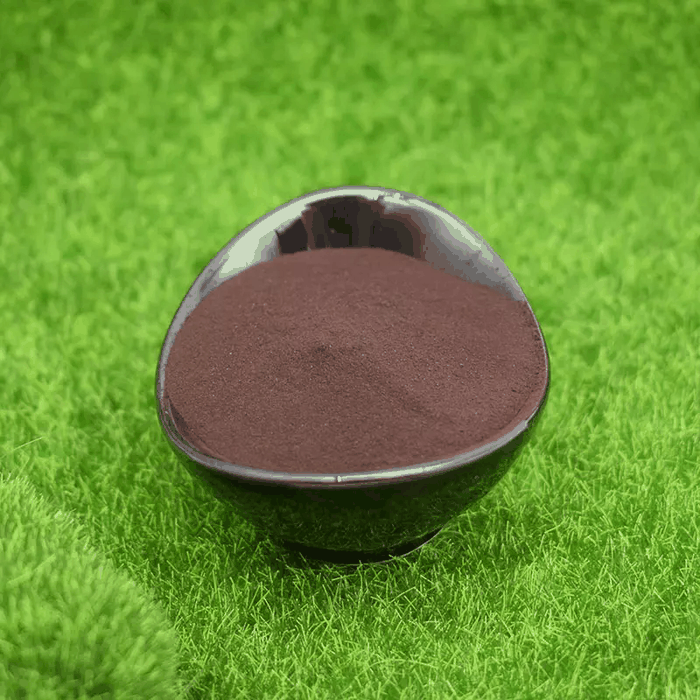 5470-96-2 98%View Details
5470-96-2 98%View Details
5470-96-2 -
 Quinoline-2-carboxaldehyde CAS 5470-96-2View Details
Quinoline-2-carboxaldehyde CAS 5470-96-2View Details
5470-96-2 -
 2-Quinolinecarboxaldehyde, 97% CAS 5470-96-2View Details
2-Quinolinecarboxaldehyde, 97% CAS 5470-96-2View Details
5470-96-2 -
 2-QUINOLINECARBOXALDEHYDE 99%View Details
2-QUINOLINECARBOXALDEHYDE 99%View Details
5470-96-2 -
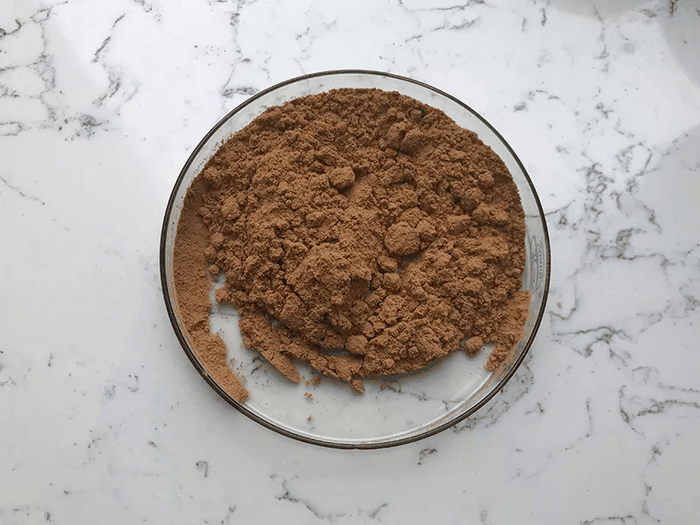 2-Quinline Carboxaldehyde 98%View Details
2-Quinline Carboxaldehyde 98%View Details
2002-04-0 -
 2 Quinolinecarboxaldehyde CAS 5470-96-2View Details
2 Quinolinecarboxaldehyde CAS 5470-96-2View Details
5470-96-2 -
 2-Quinolinecarboxaldehyde CAS 5470-96-2View Details
2-Quinolinecarboxaldehyde CAS 5470-96-2View Details
5470-96-2
Statement: All products displayed on this website are only used for non medical purposes such as industrial applications or scientific research, and cannot be used for clinical diagnosis or treatment of humans or animals. They are not medicinal or edible.